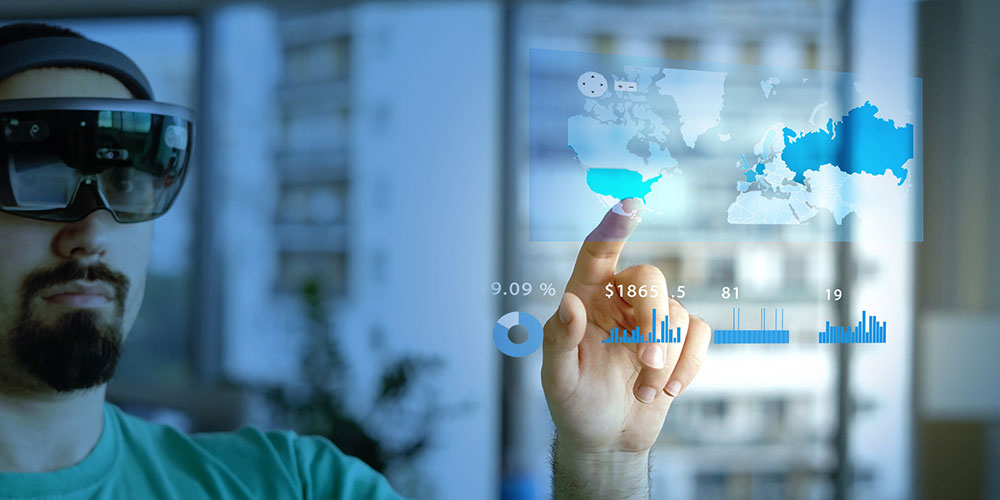


Stereoscopic or 3D imaging is any technique capable of recording three-dimensional visual information or creating the illusion of the depth in an image. Stereoscopy creates the illusion of three-dimensional depth from given sets of two-dimensional images.
We live in a three dimensional world. And a new renaissance of stereoscopic cinematography is attempting to bring that dimension to life on the screen. With stereoscopic filmmaking comes an entirely new set of creative techniques, rules and editing practices.
The challenge begins from the scripting stage itself because we have to visualise the next generation stereoscopic films in altogether different way.. It is all new. The style is new, the technology is new.
Stereoscopic advertising gives producers the opportunity to have their products, services or ideas jump out of the screen into the living room of the audience. Filmmakers now have the experience, technical know-how and the creative talent to produce effective stereoscopic 3D content to create elaborate designs and marketing campaigns.
Stereoscopy creates the illusion of three-dimensional depth from given sets of two-3D stereoscopic films are produced by creating two views of the same screen with two separate cameras, slightly offset to simulate the distance between the eyes of the audience.
By projecting these images simultaneously through a special system, with the audience wearing tinted glasses, these two views are sent to the appropriate left and right eyes where the brain fuses the images together giving the viewer a strong illusion of depth. This fused image is known as a stereogram. This new experience is drawing audiences to see made in stereoscopic 3D.